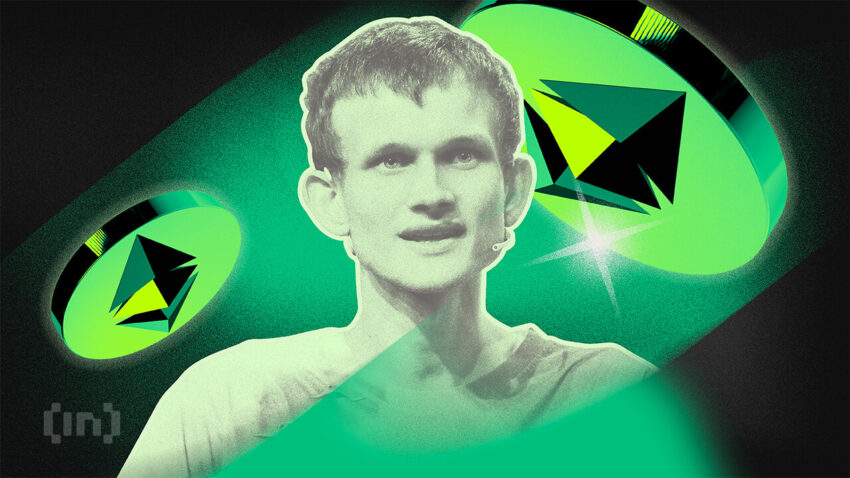
Vitalik Buterin, co-founder of Ethereum, recently addressed the key decentralization challenges facing the Ethereum network in a detailed blog post.
to focus Buterin's insights into three important areas: miner extractable value (MEV), storage complexities, and the hardware requirements to run the nodes. He pointed out that while concerns about Ethereum's design are "widely shared," these issues might be easier to resolve than some suggest.
Mitigating the extractable value of a MEV miner
MEV refers to the block profit that producers can earn by rearranging, including or excluding transactions within the block. MEV allows those who produce Ethereum blocks to manipulate transactions to make additional profits.
This manipulation can make the system unfair, giving an advantage to those with more resources and technical know-how. This undermines trust in the network, making it difficult for smaller participants to compete. He specifies Buterin Two basic approaches to mitigating MEV: minimization and quarantine.
Reducing MEV reduces unfair value extraction through protocols like CowSwap, promoting fair trade. Blocks encrypted transaction pools (memory pools) Exploitation by hiding transaction details until it is confirmed. This approach allows all participants, regardless of their resources or technical skills, to participate equitably, promoting trust and decentralization within the network.
👈Read more: Is Ethereum more important than Bitcoin in today's digital currency market?
Buterin's proposal limits the impact of MEV by separating the roles of validators and block builders by separating the offeror from the creator (PBS). This setup means that those offering transactions do not have the option of including them in blocks, reducing the risk of value extraction. Vitalik also suggested that inclusion lists, which force certain transactions to be blocked, could be a solution.
"We need to make the 'minor MEV extractable value' as small as possible." Buterin wrote.

The Complexities of Ethereum Storage
A single storage on Ethereum currently requires at least 32 ETH And great technical experience. This requirement leads many people to use services such as Lido and RocketPool, at the risk of decentralization.
Buterin proposed solutions to reduce the hardware and data storage requirements of the nodes. Technologies such as Verkle Trees and EIP-4444 can reduce storage requirements to less than 100 GB, making it possible to run nodes on personal machines. He also suggested lowering the 32 ETH minimum for storage.
The Ethereum co-founder envisions a future in which even browser extension wallets can run nodes. He acknowledges, however, that offloading responsibilities for data storage can lead to a concentration of trust among a few large players.
👈Read more: What are Blockchain Bridges (Crypto Bridges)? Why do we need it?
“Incorrect answers could lead Ethereum down the path to centralization and “recreating the traditional financial system with additional steps,” he warned.
Buterin's call to action is clear: respect Ethereum's unique characteristics and continue to improve them as the network evolves. By addressing MEV, simplifying storage, and reducing node hardware requirements, Ethereum aims to promote decentralization and flexibility.
Best Cryptocurrency Trading Platforms
Of confidence
Disclaimer
All information published on our website is offered in good faith and for general information purposes only. Therefore, any actions, actions or decisions taken by the reader in accordance with this information are solely the responsibility of the reader and its affiliates individually, and the site assumes no legal responsibility for such decisions.
الأسواق,إيثريوم,العملات الرقمية,العملات المشفرة

Comments
Post a Comment